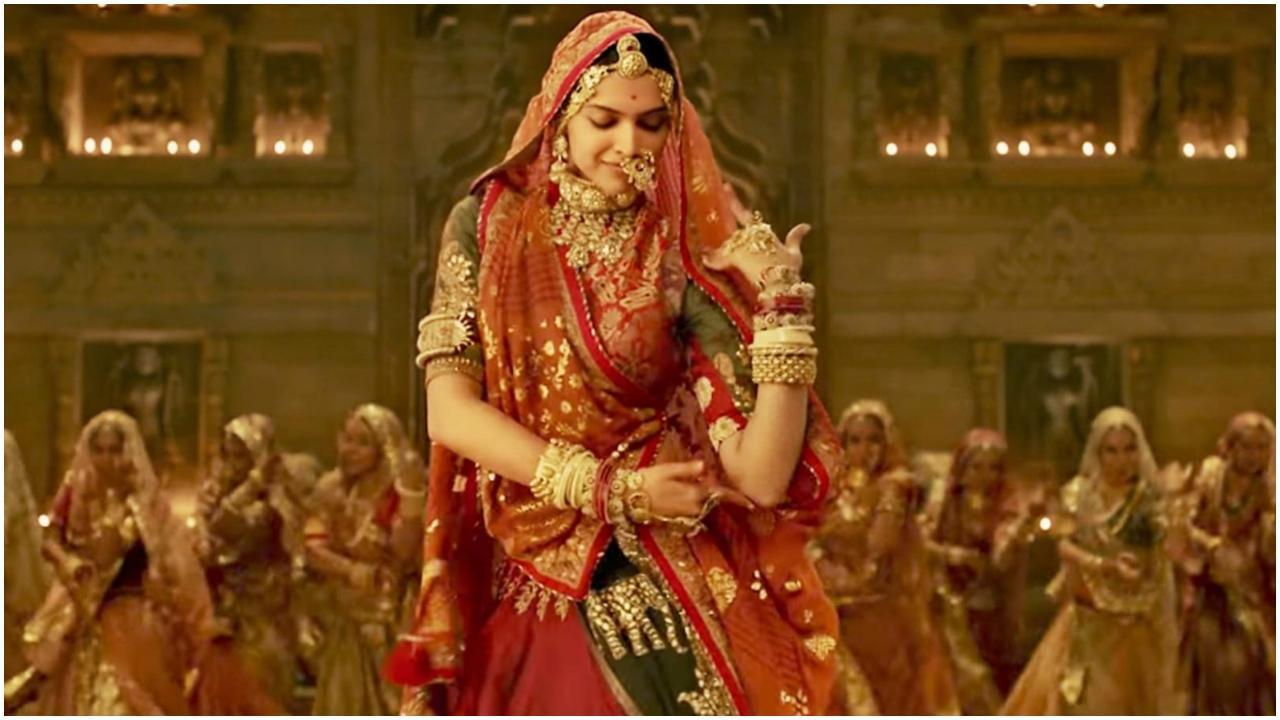
Tahira Kashyap Khurrana has ignited a vital conversation with her feature film debut, ‘Sharmajee Ki Beti,’ on Amazon Prime Video. The filmmaker has courageously depicted menstruation in a manner uncommon in mainstream cinema, presenting a scene with actual period blood stains. This bold depiction has sparked both acclaim and controversy, resulting in Tahira facing backlash from trolls who argue that such imagery is against cultural norms. In an exclusive discussion with mid-day.com, Tahira opens up about the thought process behind this pivotal scene and the challenges she faced in retaining it.
For those who have not yet experienced ‘Sharmajee Ki Beti,’ you might be missing out on a film that addresses numerous relevant societal issues. One of the standout moments involves a conversation about periods – a topic that’s rarely discussed openly but becomes a humorous and enlightening dialogue within the movie. The scene in question centers on Swati Sharma (played by Vanshika Taparia) and Gurveen Sharma (Arista Mehta). Swati experiences her first period during a school lunch break, and the film shows a clear red stain on her uniform. For many viewers, this marked the first time they had seen menstruation depicted so realistically on screen.
When questioned about how she ensured the scene made it to the final cut without any edits, Tahira explained, “We’ve seen red stains. It is somehow unpalatable for many. Showing blood is still not acceptable to all. Some trolls on my social media voiced that, ‘How can you show this? Yeh toh bohot badtameezi wali baat hai, this is against our culture to show girls talking about periods, and then you go on to show us the stain’.”
She adds with determination, “The idea was, very honestly, to work from a space of understanding. I understand the prejudice and the patriarchy at play. Everyone is a product of their circumstances. So, rather than putting anyone down, I wanted to feed my audience information that is palatable and makes them smile rather than cringe. If I have been able to do that, that’s my biggest win.”
Tahira revealed that there were attempts to get her to remove the scene altogether.
. She recalls, “I was told, ‘Let’s not have this scene.’ But I was adamant, ‘No, let’s show it for what it is. It is a state; it is a period. We have talked about this, now let’s move on in life. We’ve all had stains. It’s not just girls; boys also need to be sensitized towards women’s physiology and biology to comprehend, empathize with, and cherish them,’” she concluded.
‘Sharmajee Ki Beti’ does more than entertain; it educates viewers about the natural and universal experience of menstruation. By using humor and authenticity, Tahira has crafted a narrative that encourages open discussion about periods, a conversation that has been shrouded in silence and stigma for far too long. Through her work, she challenges the conventional perspective that periods are a taboo subject, making a significant cultural impact.
Tahira’s depiction of Swati’s experience reflects a broader attempt to normalize conversations around female biology. In cultures where the menstruation dialogue is often hushed, this representation stands as a bold move against deeply entrenched taboos. The filmmaker’s deliberate choice to show red stains rather than the traditionally sanitized blue ink commonly used in advertisements is a step towards greater authenticity and honesty. While this choice attracted online trolls and critics who deemed it inappropriate and culturally insensitive, it also garnered appreciation from those who advocate for menstrual health awareness and gender equality.
The scene is more than just a moment in a film; it’s a dialogue starter. By refusing to cut the scene, Tahira Kashyap Khurrana is saying that periods are a normal part of life and should be depicted as such. This message is crucial for young girls and boys who are still forming their perceptions about menstruation. Through this film, she is sensitizing audiences, particularly young boys, to better understand and respect the natural processes of the female body.
In conclusion, ‘Sharmajee Ki Beti’ emerges as an important cultural artifact that challenges long-standing societal norms. By including a scene that portrays period blood stains realistically, Tahira Kashyap Khurrana has sparked essential conversations about menstruation, pushing back against cultural taboos. Despite facing resistance and criticism, her commitment to authenticity and education shines through, making her debut feature a significant step forward in normalizing discussions around women’s health.










